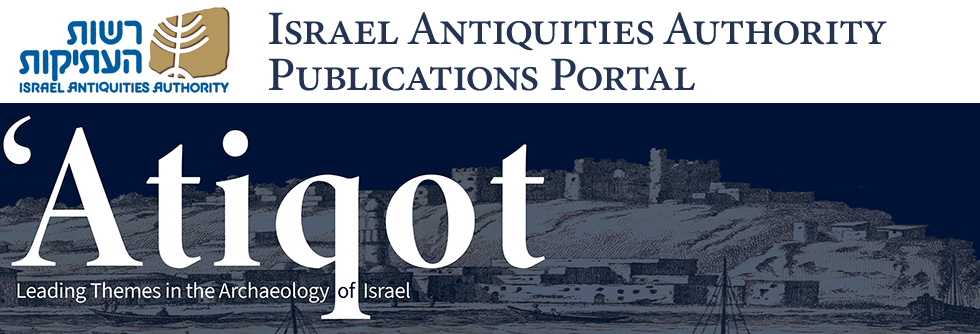Abstract
Salvage excavation carried out at Ramla revealed three strata in Area A (Strata III–I), comprising remains of buildings, installations, water cisterns, channels and cesspits ascribed to the late Abbasid–Fatimid periods (second half of the ninth to the end of the eleventh centuries CE). The latest occupation phase in Area A (Stratum I) was a short-term secondary use of Fatimid-period structures by inhabitants of the Mamluk period (thirteenth–sixteenth centuries CE). These remains were part of a previously exposed affluent neighborhood. The high economic status of the inhabitants of this area was further indicated by luxury finds, such as imported pottery vessels, some originating from as far as China. The rare presence of pig and equid bones fits with the Muslim identity of the population.
Keywords
Early Islamic period, city plan, urban, economy, ethnicity, shabti figurine, fauna
Recommended Citation
Toueg, Ron and Torgë, Hagit
(2022)
"Remains of Buildings and Installations from the Late Abbasid–Fatimid and Mamluk Periods in Ramla,"
'Atiqot: Vol. 108, Article 14.
DOI: https://doi.org/10.70967/2948-040X.1153
Available at:
https://publications.iaa.org.il/atiqot/vol108/iss1/14
Included in
Agriculture Commons, Biblical Studies Commons, Christianity Commons, History of Art, Architecture, and Archaeology Commons, Islamic Studies Commons, Science and Technology Studies Commons, Urban Studies and Planning Commons

